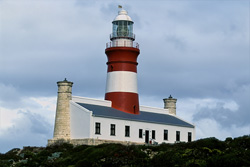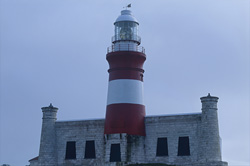Discover the Majestic Lighthouses – Icons of Coastal Safety and Maritime History
Lighthouses are iconic coastal landmarks that play a central role in maritime navigation. For centuries, they have served as navigation aids for shipping routes, providing safety for sailors around the world. These impressive structures, often strategically located along treacherous coastlines, warn of hazards such as reefs, tidal currents, and other natural obstacles. The architecture of lighthouses varies greatly, from classic stone towers to modern, towering structures made of metal and glass. Many lighthouses are historical landmarks, reflecting the maritime history of a region and serving as tourist attractions. They are often surrounded by picturesque landscapes, including coastal scenery, beaches, and seascapes, making them popular subjects for photographers and artists. Modern technologies have complemented the function of lighthouses, yet their symbolic value remains unchanged. They represent steadfastness and guidance in the often unpredictable marine environment. The lighting systems of lighthouses, traditionally equipped with light signals, have often been replaced by advanced LED technologies that are more energy-efficient and durable. Lighthouses also play a role in the cultural identity of many coastal communities, frequently appearing in literature, films, and local legends. The preservation and restoration of historic lighthouses is a significant concern to preserve their legacy for future generations. Additionally, lighthouses promote environmental education by raising awareness about the importance of marine ecosystems and coastal protection. Overall, lighthouses are not only functional infrastructures but also cultural and historical symbols that highlight the connection between humans and the sea.



